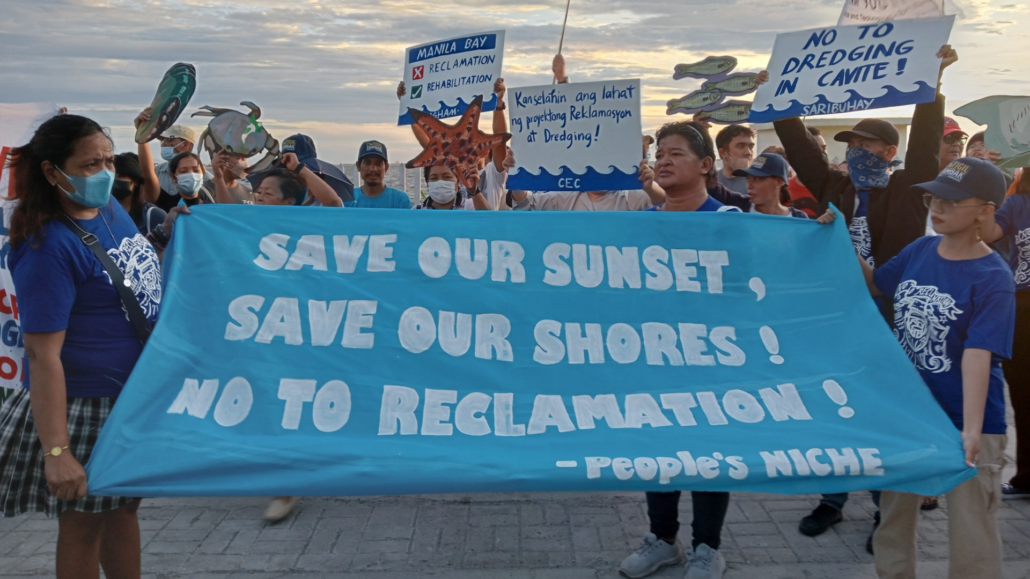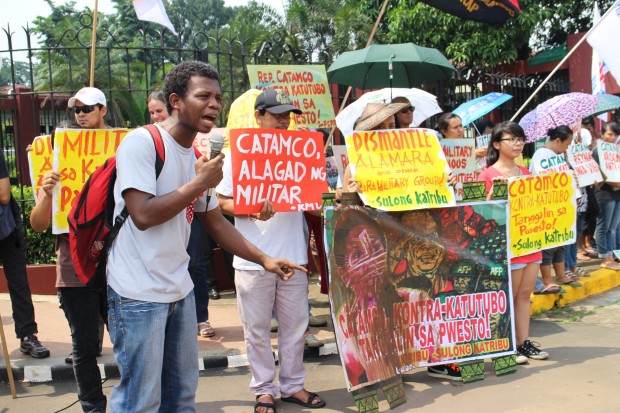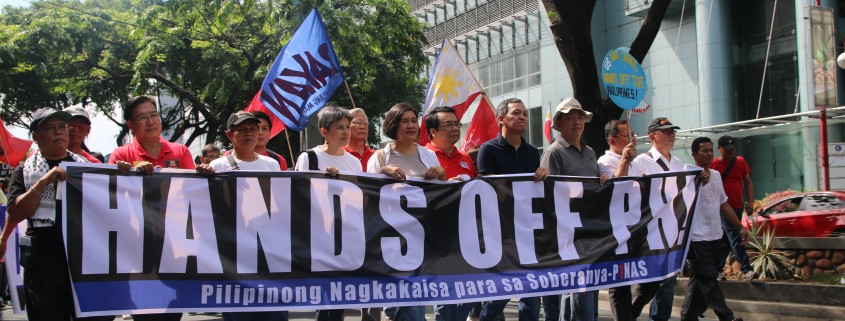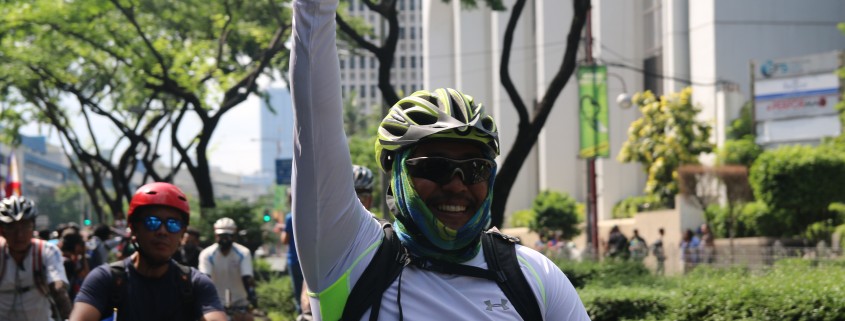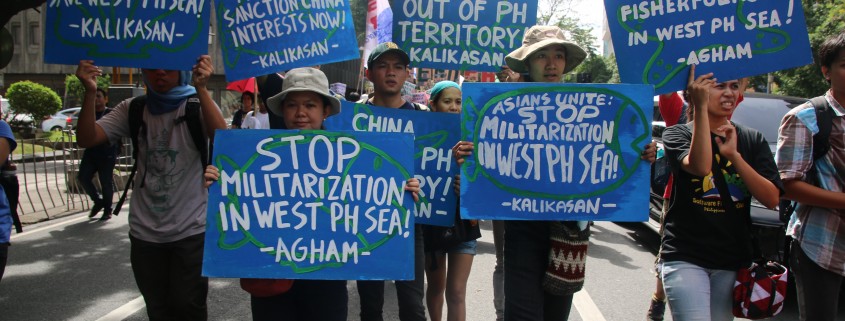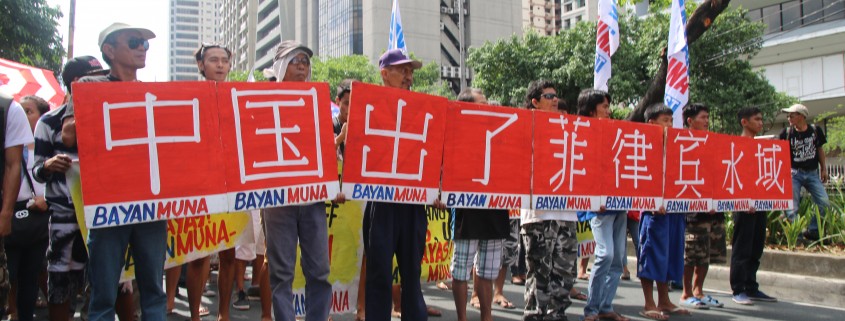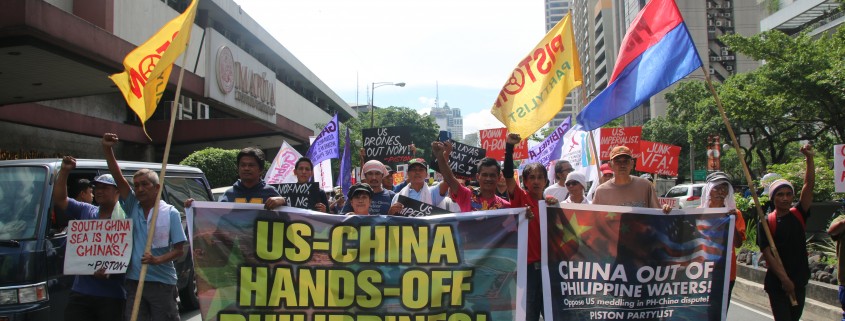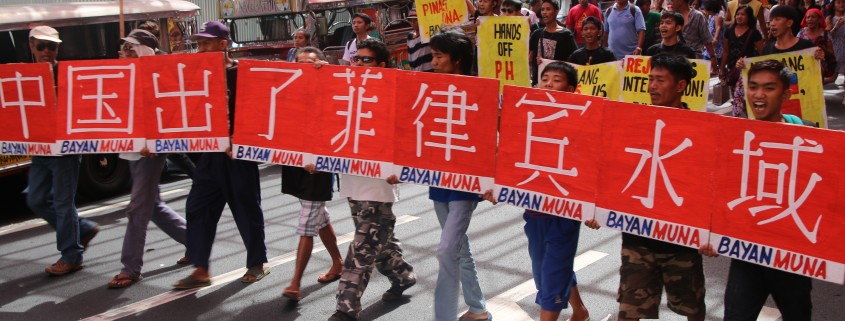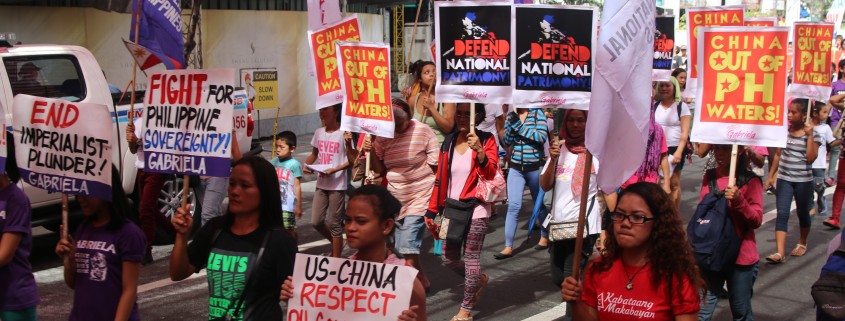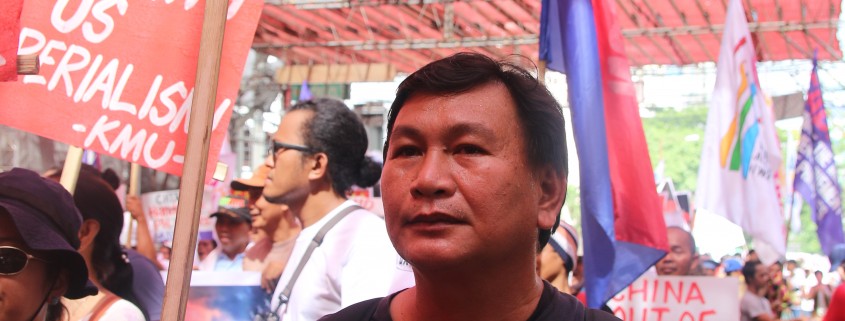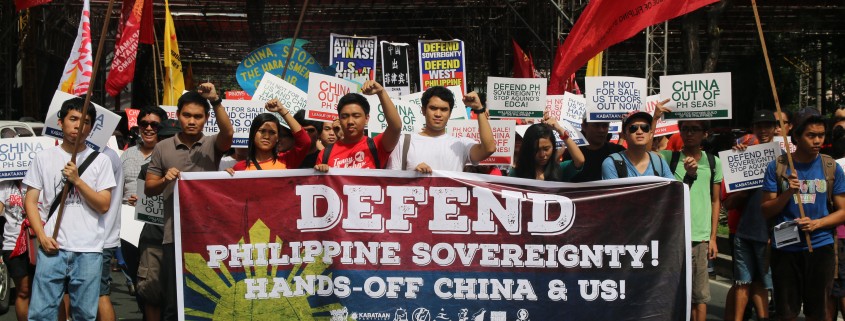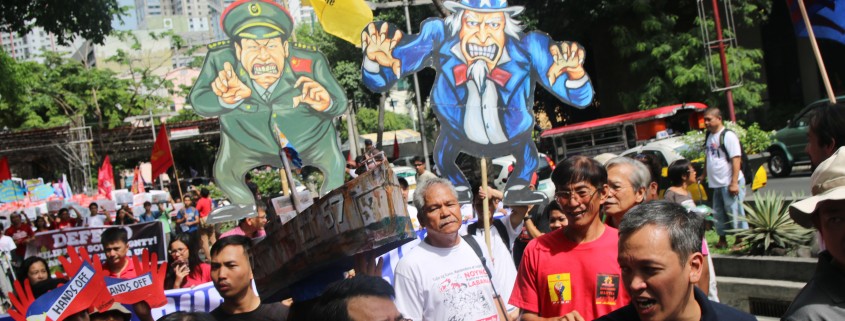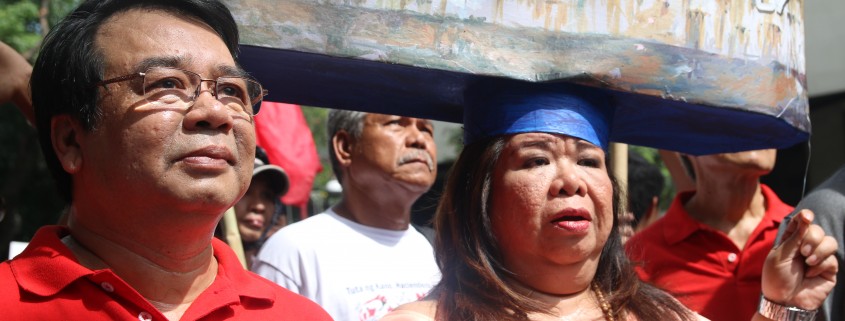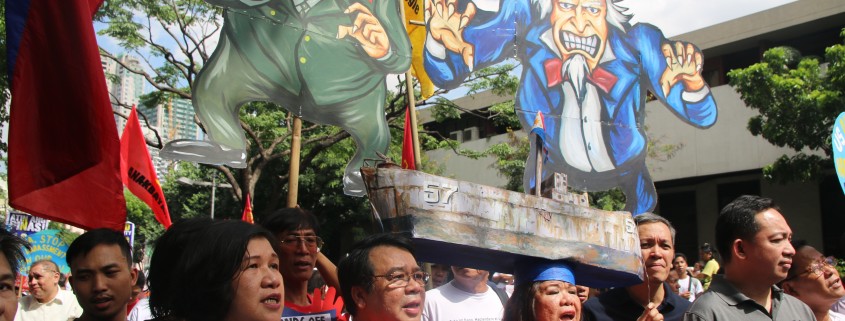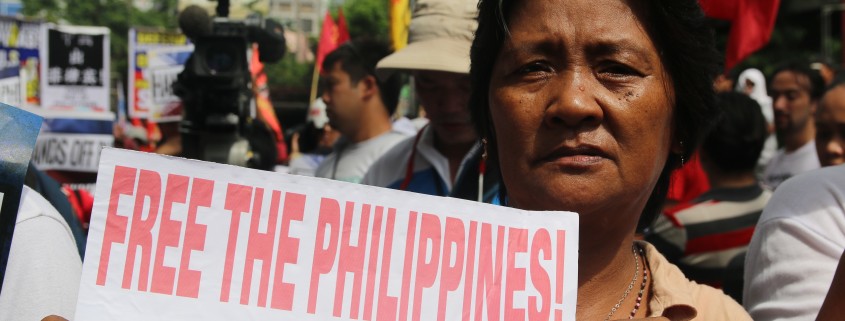In the last two decades the global mining industry has tried to repair its image and whitewash its blackened record in the wake of public furor over mine “accidents” and stiff resistance by mining communities to their operations. It has launched a coordinated, well-funded and sustained public relations campaign as well as aggressive lobby work with governments and international bodies such as the United Nations. This colossal greenwashing effort has attempted to sell the concepts of “sustainable and responsible mining” and “cooperation of all stakeholders”.
Unfortunately for the industry but fortunately for Mother Nature and humankind, resistance to mining is no longer confined to mining-ravaged local communities but has grown into national and global social movements involving indigenous peoples, peasants, mine workers, environmentalists, scientists, lawyers, church people, human rights advocates and social activists in Africa, America, Asia and Europe.
The holding of the International People’s Mining Conference (IPMC) in Manila last week attests to the expansion, diversity, strength and vitality of the global, national and local movements opposed to large-scale mining. The IPMC focused on the destructive effects of large-scale mining on the lives of people living in areas where this is carried out as well as its adverse impact on the entire country’s economy, natural resource base and ecology. It also highlighted the growing peoples’ struggles all over the world in defense of their lives, livelihood and homes against imperialist plunder enabled by the collusion of corrupt and repressive host states.
Their view is that large-scale, corporate mining has resulted in the rape of the environment in order to plunder the natural resources of poor, economically backward countries leaving behind wide swathes of wasteland where once there had been lush forests, rich fishing grounds in rivers and coastal areas, productive farmlands, and biodiversity of flora and fauna. The huge profits made from large-scale mining have merely been taken out by the mining transnational corporations (TNCs) to their home countries. Very little gets ploughed back into the countries where the extraction of minerals takes place because these finite resources are exported as raw materials with very little value-added rather than utilized to develop domestic industry and the economy as a whole.
The Philippines serves as a microcosm of how corporate mining has led to massive landgrabbing, rapid depletion of natural resources, degradation if not devastation of the environment, displacement of communities, militarization and human rights violations while contributing to the worsening of the pre-industrial and backward economy of the country.
From 1997-2014, large-scale mines operated by consortia of foreign mining TNCs and their Filipino partners increased from 16 to 46. Almost one million hectares of land are under mining agreements. From 1997-2013 tax and shares from mining was only US$2.93 billion, a measly 10% of the total production value of US$29.13 billion in the same period. From 1997-2013, mining’s average gross domestic product (GDP) and employment rate contributions were just at 0.7% and 0.44%. From 1995-2014, 19 major mining disasters and contamination incidents were recorded. And from 2001-2015, 82 environmental activists, mostly anti-mining activists, were victims of extrajudicial killings.
These are the same violations and other worse crimes that mining communities in different countries have seen. In South Africa, 34 striking mine workers were killed and 78 others were injured when they were fired upon by police and security forces of UK-owned Lonmin mining company in August 2012. In Papua New Guinea, BHP Billiton’s open-pit Ok Tedi Mine has caused massive environmental degradation and pollution of the Ok Tedi and Fly rivers and their adjacent ecosystems. This was due to the irresponsible and deliberate discharge of two billion tons of mine wastes into these rivers from 1984-2013.
In West Papua, Indonesia, mining giants Rio Tinto and Freeport-McMoran are reported to have initially poured in $35 million for military infrastructure and vehicles and paid at least $20 million to state security forces from 1998 to 2004 to quell opposition against its Grasberg Mine, the world’s largest gold mine. In China, coal miners are one of the most exploited and have one of the worst working conditions. There was a total of 589 accidents and 1,049 deaths in the coal mining industry in 2013 alone. In 2011 and 2012, 3,357 mine workers were killed in mine accidents according to the China Labour Bulletin.
Mining TNCs’ thirst for more gargantuan profits is unquenchable. In the late 80’s, under the banner of “globalization”, more than 80 countries changed their mining regimes due to the powerful lobby of foreign TNCs and the dictates of international financial institutions (IFIs) like the International Monetary Fund (IMF), World Bank (WB) and the World Trade Organizations (WTO).
Neoliberal mining policies allowed the privatization of state-owned mining firms. These led to the free flow of foreign investments to the local mining industry and full foreign ownership of mining corporations and lands in the host country. Capital control and other forms of regulation were lifted; generous tax breaks and other incentives, granted; and legitimation and legalization of measures to quell local opposition to mining activities, provided.
To further defray costs and up profits, the mining TNCs demand lower government royalty shares along with more lax environmental laws and overall regulatory environment. They insist on lower wages and benefits for mine workers, more job insecurity, lower occupational safety standards and repression of trade unionism.
One example is Peru. With liberalization, privatization and deregulation as the pillars of its neoliberal economic policy regime, Peru’s mining industry became dominated by foreign and private corporations and tied to the international market. Between 1992 and 2000 more than 200 state-owned mining operations were privatized. In 1999, private corporations accounted for 95% of mineral production, up from 55% in 1990, less than ten years previous. Pedictably, 10 foreign mining corporations are among Peru’s Top 100 corporations.
National mineral production became further oriented to and dictated by the international market and not by the particular development needs of each country. This meant being held hostage to the vagaries of international trading wherein metal prices rise and fall based on the dictates of a few mining giants, their financiers and the IFIs. As to the demand for minerals in the global market, mining TNCs and their financiers are increasingly engaged in speculation in the commodity futures market. According to IBON Foundation, “the global mining industry, just like the major drivers of monopoly capitalism, relies on fictitious capital to surmount the crisis…”
Mining TNCs clearly cannot cannot get away with their plundering ways if they are not backed up by governments. This is where the corruption of government bureaucrats and top-level political leaders comes in: to put in place a policy regime skewed towards mining TNCs; to complement the TNCs’ campaign of deceit and cooptation; and to harness the state security forces to protect mining operations and stamp out dissent.
As the crisis of the global mining industry intensifies, the social movements — for workers’ rights, environmental protection, and indigenous people’s land rights; for asserting the rights and welfare of mining communities; and for upholding human rights — are confronting the situation and struggling to prevail against the odds. People’s movements for economic sovereignty, food security and development justice are squaring with the plunderers, despoilers and their powerful protectors in the international, national and local levels .
Their message is loud and clear: Mining TNCs cannot plunder the common resources as before; the people are rising, steadfast in their struggles and steadily gaining ground. The people shall prevail. #
Published in Business World
3 August 2015
